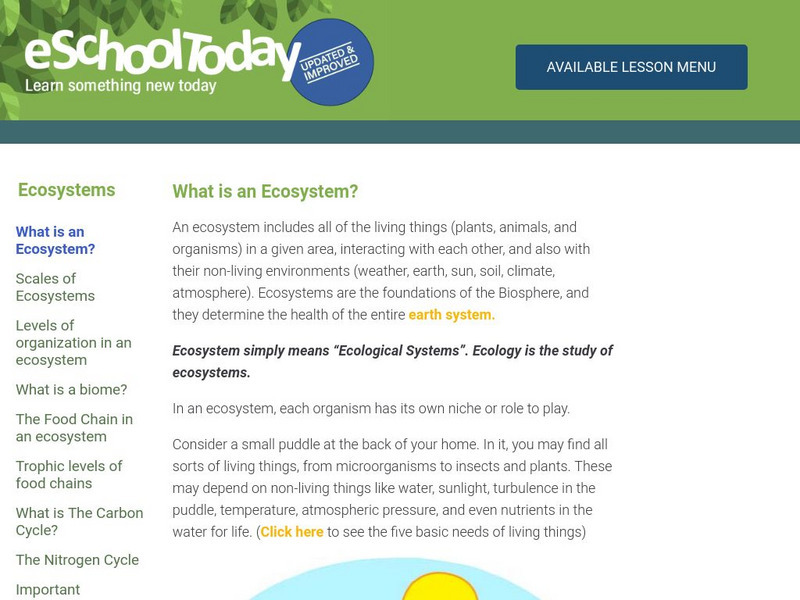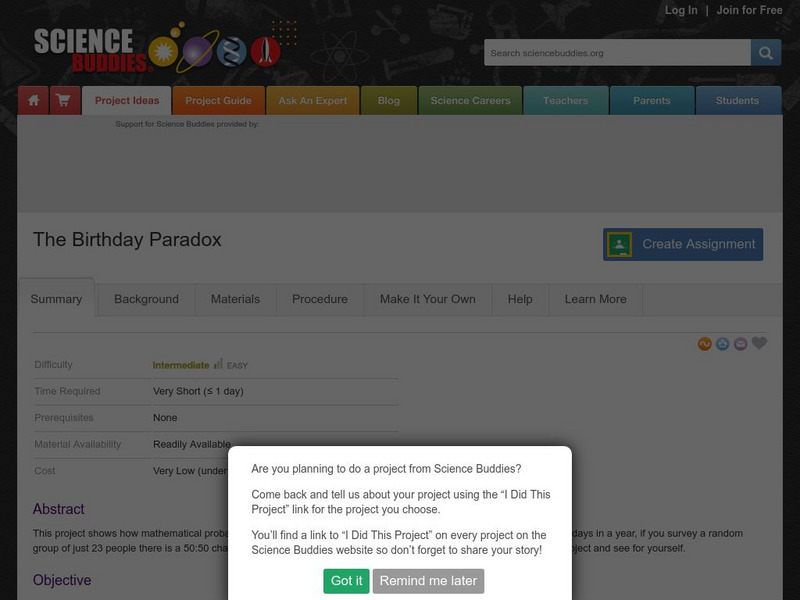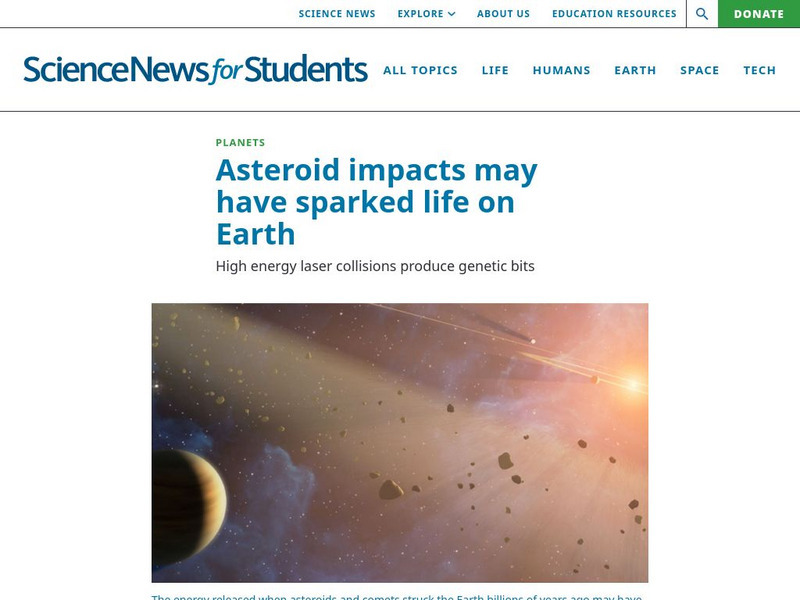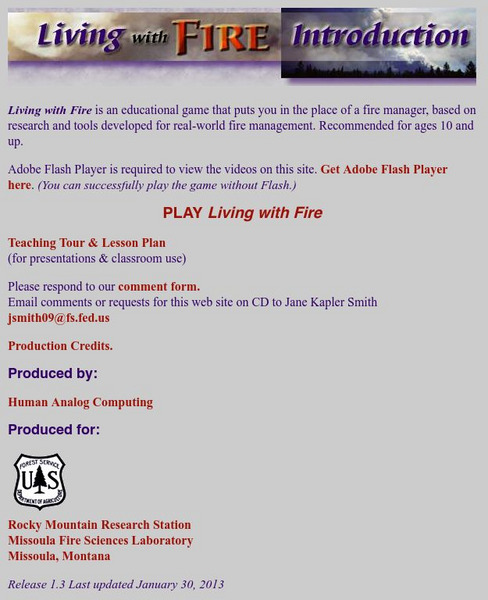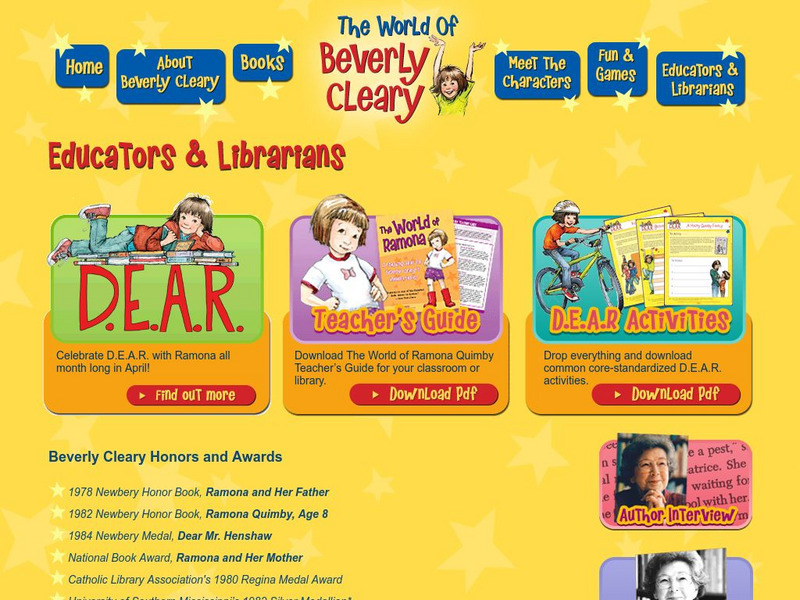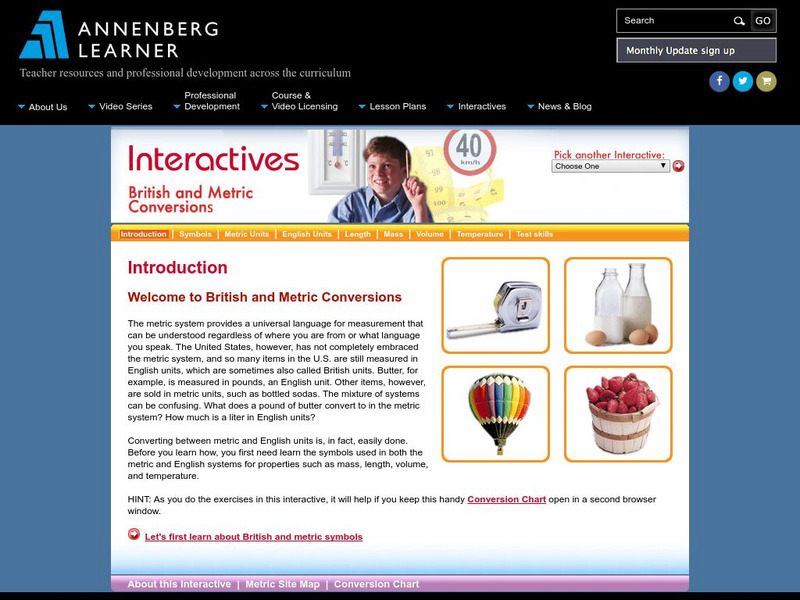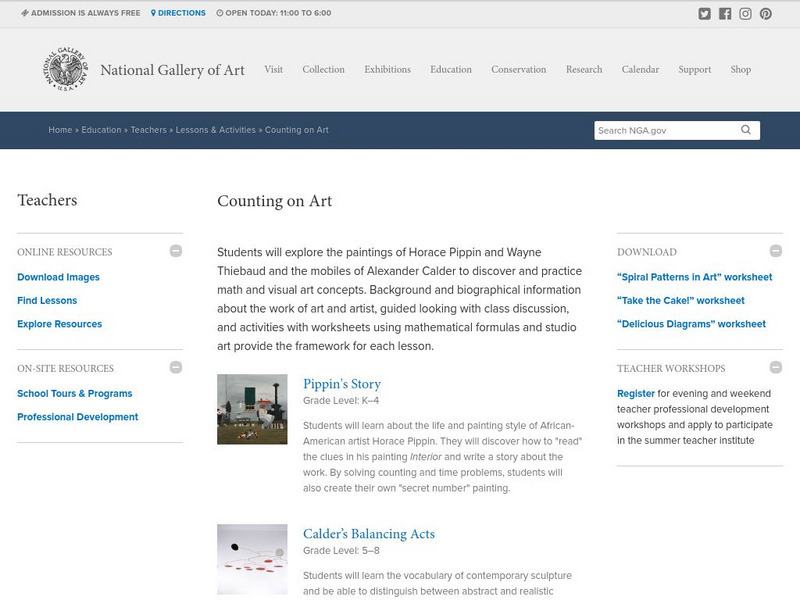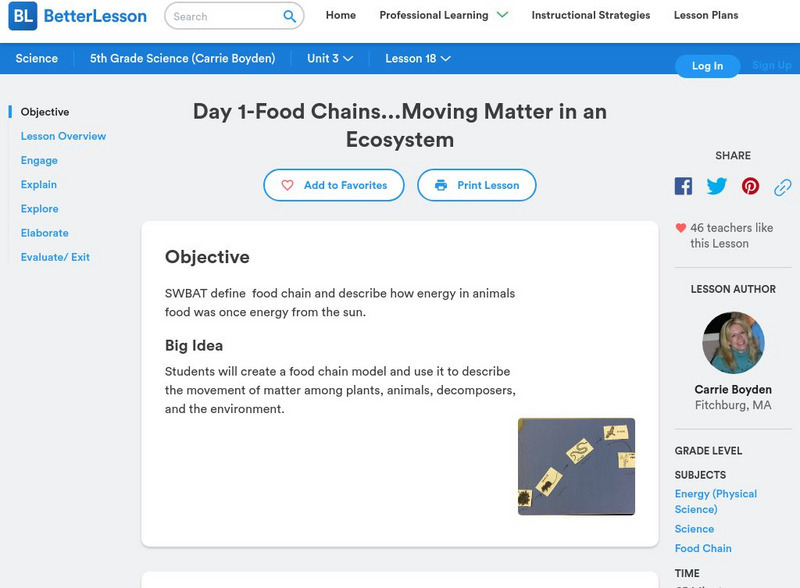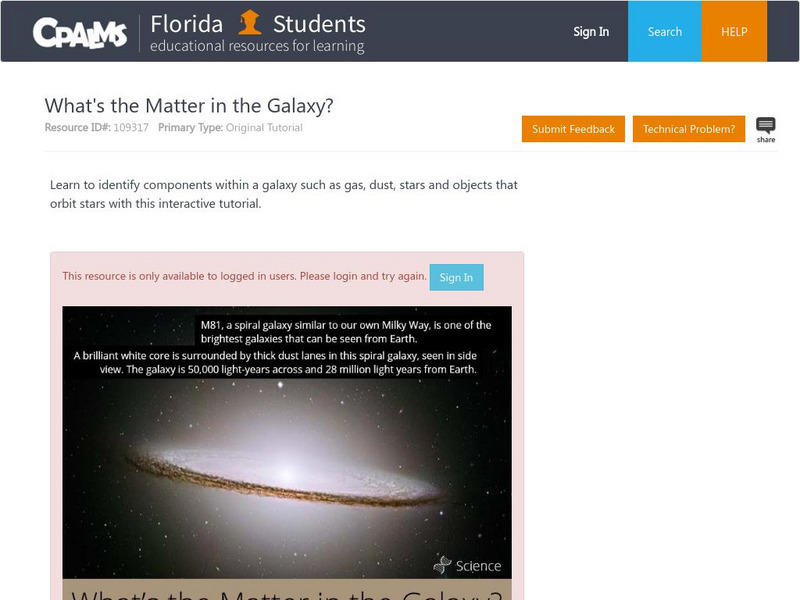NASA
Nasa: Building a Winogradsky Column [Pdf]
NASA teacher's guide to building a Winogradsky Column to study microorganisms. When this guide was first released, students were invited to participate in two webcasts with NASA scientists. The conversations from those webcasts are...
eSchool Today
E School Today: What Is an Ecosystem?
Learn about all the different levels of ecosystems, from the living things under a rock, up to a rainforest biome. Explains the levels of organization within an ecosystem, the different types of biomes, food chains and trophic levels,...
eSchool Today
E School Today: Your Cool Basics on Water Shortage
Despite seventy percent of the world's surface being covered with water, there is a potential shortage of this natural resource. Only a small percentage is fresh water and much of that is inaccessible or threatened. Learn about fresh...
eSchool Today
E School Today: Your Cool Basics on Forest Preservation
Learn about the different kinds of forests, how forests are structured, their importance, deforestation and its impact, forest degradation, and what individuals can do to protect forests.
eSchool Today
E School Today: Renewable Energy Sources
Learn what renewable energy is, the different types, and why it's important to conserve energy.
Science Buddies
Science Buddies: Are There Dangerous Levels of Lead in Local Soil?
The element lead is a neurotoxin that is particularly dangerous to young children. Among other uses, lead compounds were common paint additives until being phased out for safer titanium-based additives beginning in the 1960's. Lead...
Science Buddies
Science Buddies: The Birthday Paradox
This project shows how mathematical probability sometimes contradicts our intuition. Despite the fact that there are 365 days in a year, if you survey a random group of just 23 people there is a 50:50 chance that two of them will have...
Science Buddies
Science Buddies: Divide and Conquer: Proving Pick's Theorem for Lattice Polygons
If you like to play Tetris then you might like this project. You'll learn something interesting about the mathematics of complex shapes.
Society for Science and the Public
Science News for Students: Asteroid Impacts May Have Sparked Life
Article reports on a new study that claims that the energy released from asteroid collisions may have sparked life on Earth. Includes a list of key vocabulary.
US Forest Service
Rocky Mountain Research Station: Living With Fire
Play a great interactive game where you become a fire manager and learn to deal with fire safety. Also, explore the lesson plans for presentation and the classroom.
Curated OER
Bureau of Land Management: Anasazi Heritage Center: Who Were the Anasazi?
A question-and-answer site giving information about the Anasazi, an ancestral Pueblo people. There is a discussion of their languages, farming methods, architecture, and use of astronomy.
Other
The World of Beverly Cleary: Teaching Resources
A comprehensive guide to teaching Beverly Cleary's Ramona books. Includes material available as web pages as well as PDF formats. Also provides the words of Cleary herself when discussing characterization, as well as some unforgettable...
Other
Simple Science: Hole in the Sky
Learners explore images of atmospheric ozone levels over the South Pole. The resource has students determine the months of lowest ozone levels and changes in ozone levels since 1979. The activity has an interactive online version and a...
Other
Simple Science: Hurricane Central
Learners investigate images of Hurricane Katrina as it moved through the Gulf of Mexico in August 2005. The resource has students examine images, infrared radiation, water vapor, and visible radiation to plot and measure the path of...
Other
Simple Science: Muscle Loss in Space
Learners investigate the effects of zero gravity. The resource has students measure the change in the area of calf muscle from before and after the flight to determine if muscle loss has occurred. Some topics included are muscle loss,...
Other
Lunar and Planetary Institute: Explore! Ice Worlds
Features a collection of hands-on activities, investigations, and explorations designed to engage students in learning about ice, both in the solar system and on planet Earth.
DOGO Media
Dogo News: Scientists Say Being 'Hangry' Is Normal
Article reports on the science behind being "hangry" - a term that refers to the grumpiness that often accompanies hunger. Includes video.
Annenberg Foundation
Annenberg Learner: British and Metric Conversions Interactives
The resource assesses students on British and metric conversions. There are tutorials on metric units, length, mass, volume, English units, symbols, and temperature. There is also an introduction and an interactive activity to test the...
Other
Harper Collins Children's Books: Laura Ingalls Wilder
This site features the works of Laura Ingalls Wilder.
Read Works
Read Works: Volcanoes: Magma Rising: Studying Volcanoes
[Free Registration/Login Required] This two-page PDF nonfiction passage entitled "Volcanoes: Magma Rising: Studying Volcanoes" discusses how they study volcanoes to learn how they work. It is part of Paired Texts: "Volcanoes: Magma...
National Gallery of Art
National Gallery of Art: Counting on Art
Several lesson plans available for grades K-8 that take a look at math and art. Each lesson includes printable resources, glossary of terms, an artist biography, and national math and visual arts standards.
Better Lesson
Better Lesson: Food Chains Moving Matter in an Ecosystem (Day 1)
Students will create a food chain model and use it to describe the movement of matter among plants, animals, decomposers, and the environment. Resources include a detailed lesson plan, student handouts, pictures of a completed chain,...
NASA
Nasa: Night Sky Network: Pocket Solar System
Individual or classroom activity helps students understand the solar system because they can visualize it. Extension resources are included.
CPALMS
Florida State University Cpalms: Florida Students: What's the Matter in the Galaxy?
A tutorial that looks at the components within a galaxy such as gas, dust, stars and objects that orbit stars. A PDF file of the tutorial is available.


![Nasa: Building a Winogradsky Column [Pdf] Activity Nasa: Building a Winogradsky Column [Pdf] Activity](https://static.lp.lexp.cloud/images/attachment_defaults/resource/large/FPO-knovation.png)
